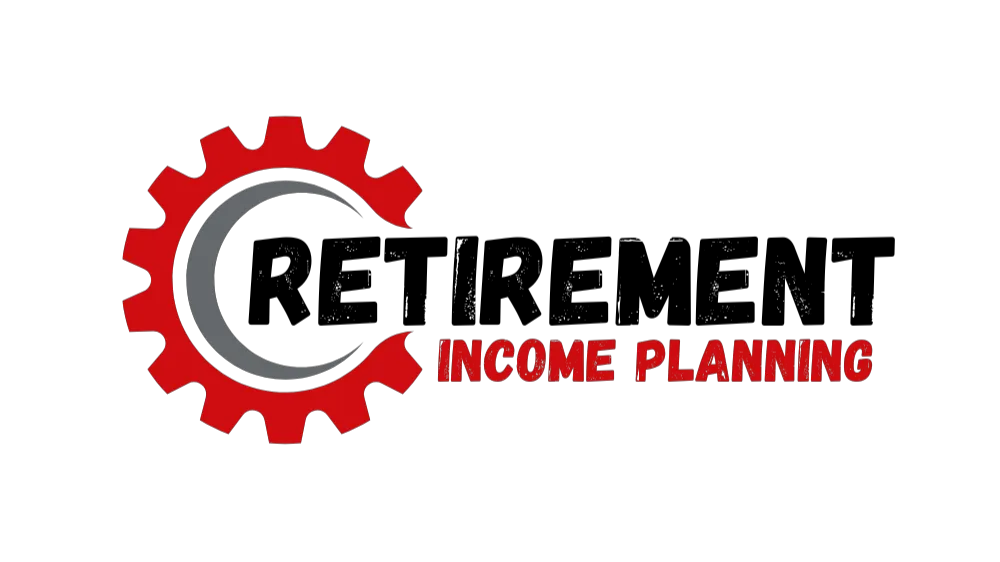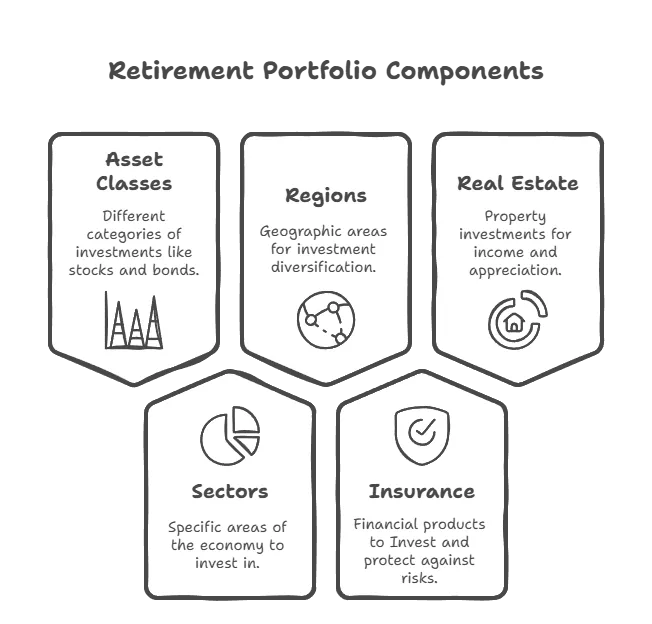



Remember, retirement income planning is complex and personal.
It's advisable to consult with financial and tax professionals
to create a tailored plan that meets your specific needs and goals.
Financial security: Retirement income planning helps ensure you have enough money to maintain your desired lifestyle after you stop working. It allows you to create a financial backup for emergencies and unexpected expenses in your later years
Tax advantages: Many retirement plans offer significant tax benefits. Contributions to certain retirement accounts can reduce your current taxable income, and investment gains are often not taxed until distributed
Peace of mind: A well-structured retirement income plan provides financial independence and peace of mind, allowing you to enter your retirement years with confidence and without financial worries
Flexibility and control: Retirement income planning allows you to tailor your savings and investment strategy to your specific needs and goals. This includes the possibility of early retirement if desired
Legacy opportunities: Proper retirement planning can help you leave a financial legacy for your heirs or contribute to charitable causes that are important to you
Frequently Asked Questions
How much money do I need to retire?
There's no one-size-fits-all answer, but a rough estimate can be calculated by dividing your desired annual retirement income by 4%. For example, if you want $100,000 per year in retirement, you might aim for $2.5 million in savings. However, this amount can vary based on factors such as your intended lifestyle, potential healthcare costs, and other income sources
What will my expenses look like as a retiree?
To forecast retirement expenses, start by tracking your current monthly bills and consider additional costs such as vacations, gifts, healthcare, long-term care, and emergency spending. It's important to factor in both fixed expenses (e.g., food, housing, insurance) and discretionary expenses
What are my sources of retirement income?
Retirement income can come from various sources, including:
Retirement savings (IRAs, 401(k)s, 403(b)s, 457 plans)
Non-retirement savings and investments
Social Security benefits
Traditional pension plans
Annuities
Insurance as an Asset Class
Full- or part-time employment
Real estate
other income-generating assets
How should I plan my withdrawal strategy?
While the 4% withdrawal rule is a common guideline, it may not fit everyone's situation. Consider a flexible approach based on your portfolio's performance, spending needs, and lifestyle. Factors to consider include:
Short-term income needs
Potential tax implications
Maintaining your portfolio allocation
Required Minimum Distributions (RMDs) from tax-deferred accounts
©2025 Copyright. All rights reserved


